 Elopak is pleased to announce it is now a CarbonNeutral® company and is also able to exclusively offer CarbonNeutral® packaging to its customers. With this, Elopak is fulfilling its vision of carbon neutrality, in line with its ambitious environmental strategy; Future Proofed Packaging.
Elopak is pleased to announce it is now a CarbonNeutral® company and is also able to exclusively offer CarbonNeutral® packaging to its customers. With this, Elopak is fulfilling its vision of carbon neutrality, in line with its ambitious environmental strategy; Future Proofed Packaging.
“Since 2012 Elopak has envisioned becoming carbon neutral as a company and offering carbon neutral beverage cartons. Now, we have achieved this milestone, well-ahead of schedule. Elopak wishes to achieve absolute sustainability and be a company with zero net impact on the environment, and our carbon neutrality program brings us several steps closer to this vision”, says Niels Petter Wright, CEO of Elopak.
After having reduced its own greenhouse gas emissions by investing in energy efficiency and phasing in renewable electricity, Elopak is taking the next step by achieving carbon neutrality and supporting projects with verified carbon savings, which also have a positive impact on people’s lives and the environment. Kristian Hall, Director Corporate Environment at Elopak, explains the concept of carbon neutrality: “Achieving carbon neutrality means that Elopak’s residual greenhouse gas emissions are offset by projects outside of our value chain, which have a very positive effect on local livelihoods and the environment. Specifically, Elopak is supporting a Ugandan cooking stove project, as well as a REDD+ rainforest protection project in Borneo, where 65 000 hectares of tropical rainforest are being preserved. By becoming carbon neutral in our products and operations, we are sending a strong signal to our customers and to end users of our packaging, that we are taking our environmental responsibility seriously and are taking positive action where we can”.
The carbon neutral certification is in accordance with The Carbon Neutral Protocol and has been verified by an independent third-party, Anthesis Consulting Group.
This announcement comes only months after Elopak became the first packaging company to join the RE100 campaign, committing to sourcing 100% renewable electricity from 2016 onwards for all its production and administration units worldwide, excluding two joint ventures.
Source: elopak.com



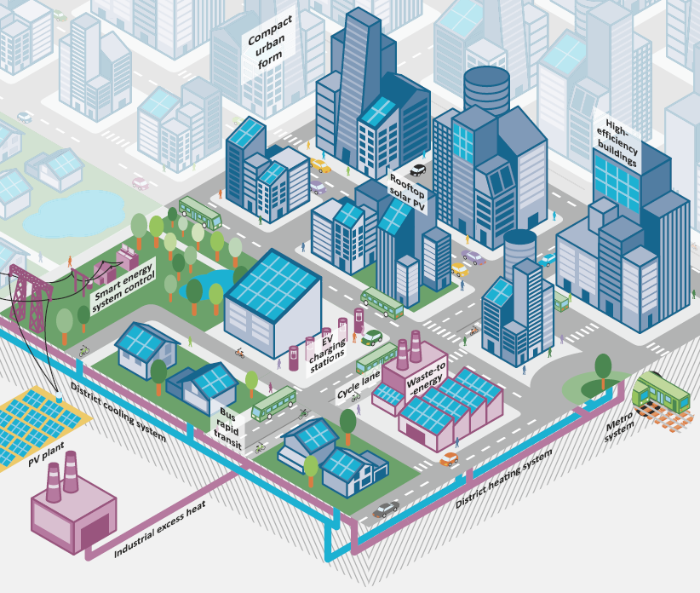
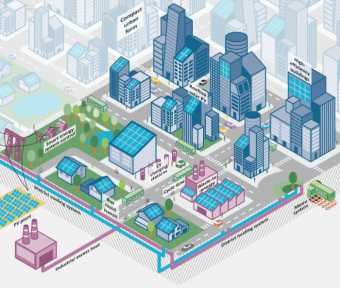 Cities dominate energy demand, and by extension are responsible for a significant share of carbon emissions. In 2013, the world’s urban areas accounted for about 64% of global primary energy use and produced 70% of the planet’s carbon dioxide emissions. These shares will rise as cities grow and urban economic activity expands. As the world seeks to make more efficient use of its energy resources, increase energy security and meet global climate targets, it is essential that cities take a leading role in the energy transition.
Cities dominate energy demand, and by extension are responsible for a significant share of carbon emissions. In 2013, the world’s urban areas accounted for about 64% of global primary energy use and produced 70% of the planet’s carbon dioxide emissions. These shares will rise as cities grow and urban economic activity expands. As the world seeks to make more efficient use of its energy resources, increase energy security and meet global climate targets, it is essential that cities take a leading role in the energy transition.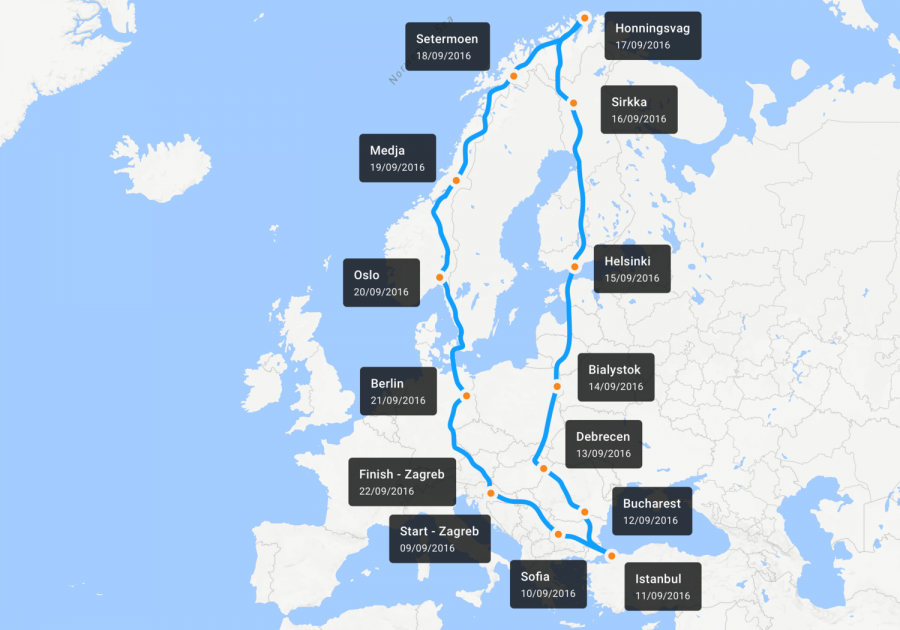
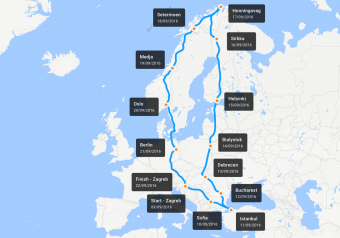 Cvetojević will travel from Istanbul to Nordkapp.
Cvetojević will travel from Istanbul to Nordkapp.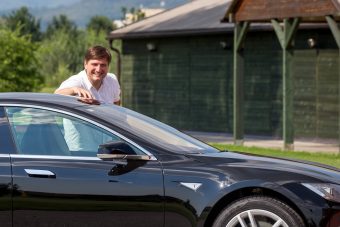 He believes that Croatia, just like many other countries, has made a mistake with the system of charging stations which are like islands and are not sufficiently connected. But, it is even worse not to have charging stations at all. “It will not always be easy, especially in countries where there are no charging stations, but we want to prove that it is possible.”
He believes that Croatia, just like many other countries, has made a mistake with the system of charging stations which are like islands and are not sufficiently connected. But, it is even worse not to have charging stations at all. “It will not always be easy, especially in countries where there are no charging stations, but we want to prove that it is possible.”


 No one likes to be stuck in a sweltering kitchen on a hot sunny day. When the weather is gorgeous, summer evenings should be spent outside, not slaving away over air-polluting kitchen appliances. A recent study from California has brought to light just how toxic kitchen appliances can be. Gas powered ovens were found to put a lot of dangerous chemicals into the air without homeowners being aware of it. Though the Environmental Protection Agency (EPA) cracks down on industrial pollution, they don’t have an effective way to monitor pollution levels in the home environment, meaning that the levels of toxins that build up in well-used kitchens can reach staggeringly unsafe levels without families having a clue.
No one likes to be stuck in a sweltering kitchen on a hot sunny day. When the weather is gorgeous, summer evenings should be spent outside, not slaving away over air-polluting kitchen appliances. A recent study from California has brought to light just how toxic kitchen appliances can be. Gas powered ovens were found to put a lot of dangerous chemicals into the air without homeowners being aware of it. Though the Environmental Protection Agency (EPA) cracks down on industrial pollution, they don’t have an effective way to monitor pollution levels in the home environment, meaning that the levels of toxins that build up in well-used kitchens can reach staggeringly unsafe levels without families having a clue. The freezer works when you have electricity, but how could you hope to preserve your garden produce if the power goes out? Dehydrating food is an age-old process that prevents bacteria from spoiling your food while retaining nutrients, all without relying on added salts and sugars. Don’t think of solar drying as merely a hobby; it can revolutionize the way you approach your food.
The freezer works when you have electricity, but how could you hope to preserve your garden produce if the power goes out? Dehydrating food is an age-old process that prevents bacteria from spoiling your food while retaining nutrients, all without relying on added salts and sugars. Don’t think of solar drying as merely a hobby; it can revolutionize the way you approach your food.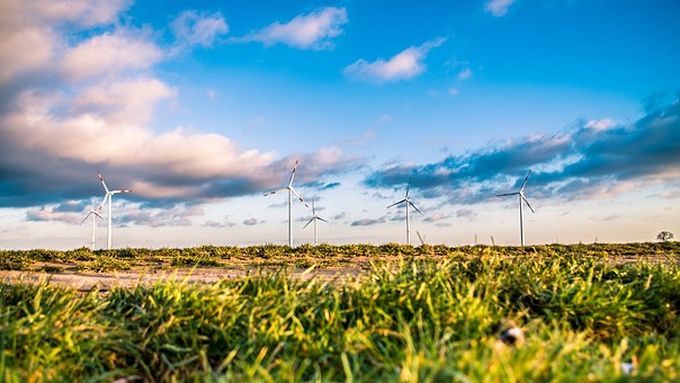
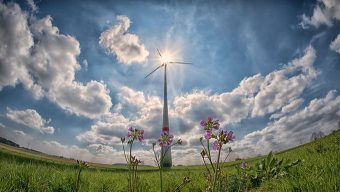




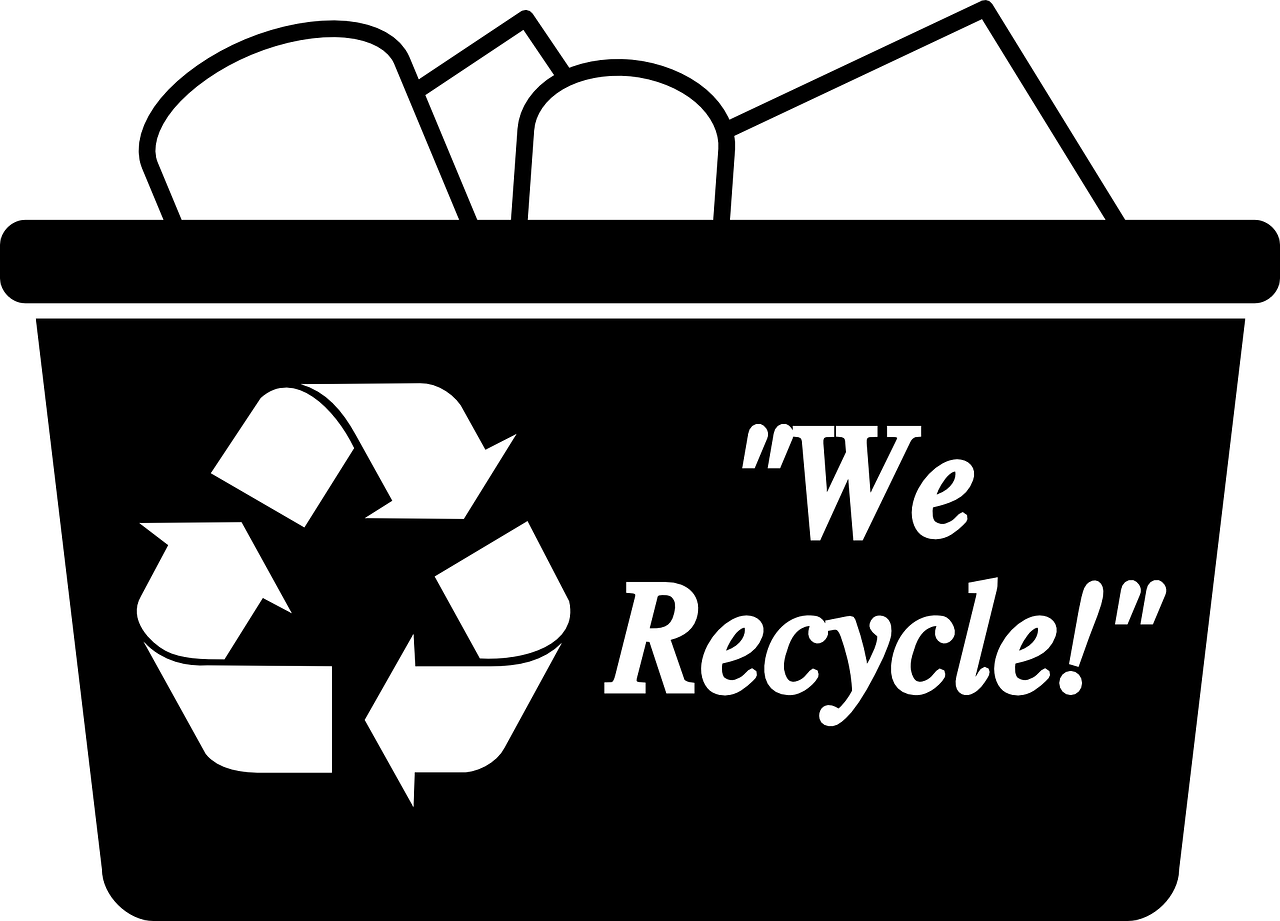
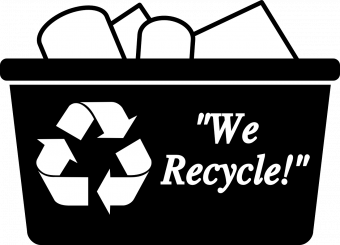
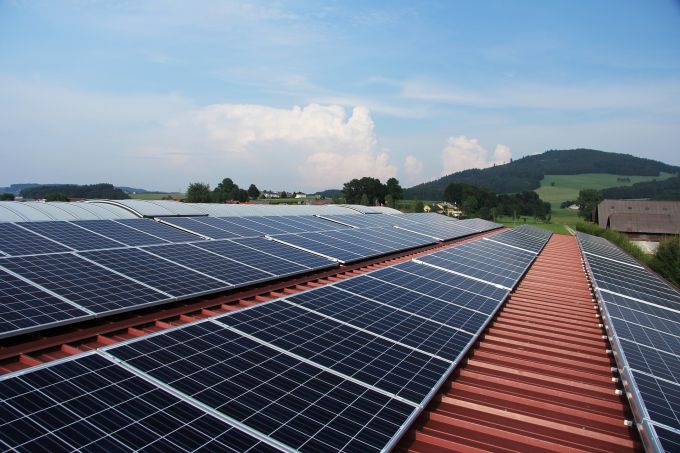

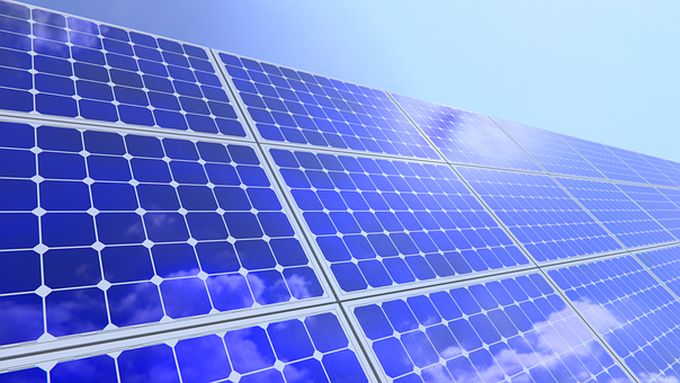
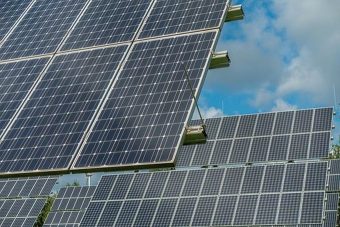
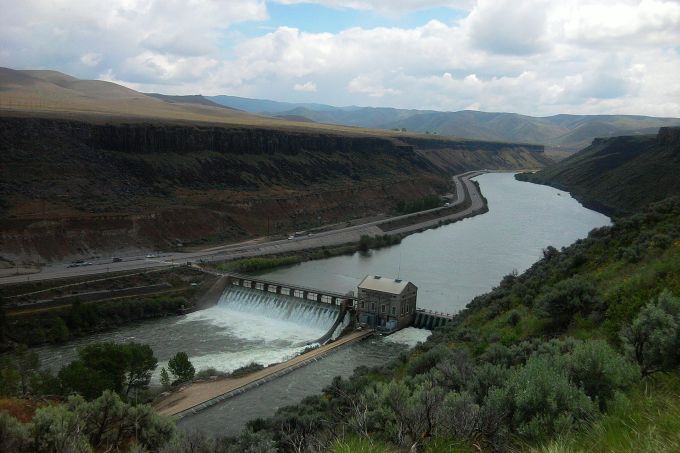
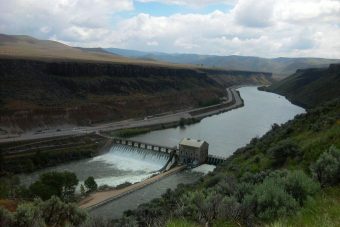

 Climate change and energy cooperation were high on the agenda at the meeting of the world’s major advanced and emerging economies in Hangzhou, China, from 4-5 September 2016.
Climate change and energy cooperation were high on the agenda at the meeting of the world’s major advanced and emerging economies in Hangzhou, China, from 4-5 September 2016.


 On the side lines of the Bled Strategic Forum held on 5 September, Dr Birol met with H.E. Miro Cerar, Prime Minister of the Republic of Slovenia. The meeting focused on global challenges to energy security, priorities for Slovenia as it prepares its new Energy Concept and the future of the IEA-Slovenia relationship. Slovenia, which joined the OECD in 2010, is not currently a member of the Agency. Earlier the ED met with Slovenia’s Secretary of State Mr Klemen Potisek.
On the side lines of the Bled Strategic Forum held on 5 September, Dr Birol met with H.E. Miro Cerar, Prime Minister of the Republic of Slovenia. The meeting focused on global challenges to energy security, priorities for Slovenia as it prepares its new Energy Concept and the future of the IEA-Slovenia relationship. Slovenia, which joined the OECD in 2010, is not currently a member of the Agency. Earlier the ED met with Slovenia’s Secretary of State Mr Klemen Potisek.
